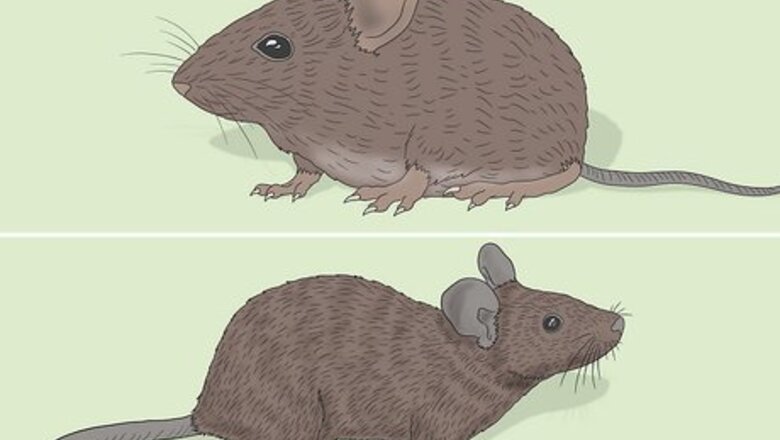
views
- Field mice are dark brown or gray with a white belly, while house mice are a solid brown or gray.
- Field mice are about 6 inches (15 cm) long with a furry tail. House mice are smaller, about 3 inches (7 cm) long with a scaly, hairless tail.
- Field mouse droppings have pointed ends, while house mouse droppings are oblong and rounded.
- Field mice are typically found in rural areas, while house mice are more commonly found in residential areas.
Fur

Field mice have a distinct white belly while house mice are one color. Most field mice have dark brown or gray fur with lighter gray or white fur on their undersides. You’ll know that you’re looking at a house mouse because their fur is a lighter brown or gray with no difference in color between their back and belly. Field mice also have furry tails, while a house mouse’s tail is almost hairless. The field mouse’s tail is mostly covered in dark brown or gray fur. A house mouse’s tail is scaly and brown with very little fur covering it.
Body Size

Field mice are about 6 inches (15 cm) long, not including their tail. On the other hand, house mice are about half as big as field mice. They are typically about 3 inches (7 cm) long, not including their tail.
Droppings

Both droppings are dark brown, but field mice’s are pointed on the end. House mouse droppings are about ¼ inch long (0.5 cm) and elongated with curved edges; they often look like grains of rice. You might see their droppings in your kitchen cabinets or on your counters. House mice also have a more distinctive, musky smell that field mice are not known for. Do not pick up mice droppings with your bare hands. Their droppings can carry dangerous diseases. Instead, wear a pair of gloves and gather the droppings up with a paper towel. Clean the area with a disinfectant or a mixture of bleach and water. Then, don’t forget to disinfect your gloves too. Droppings are often one of the first indications that there is a mouse in your home.
Habitat

Field mice live in unpopulated areas while house mice live in urban areas. Where you’ll typically see each mouse is all in the name. Field mice prefer forests, grasslands, and rural areas like farms and fields. On the other hand, house mice are commonly found in residential areas like parks, neighborhoods, and commercial buildings. House mice can also be found in fields and agricultural land, but they are more likely to be seen in urban areas as opposed to field mice. You’re more likely to see field mice in residential areas if they are surrounded by fields and agricultural land.
Diet
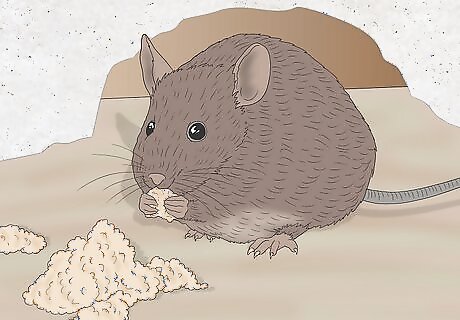
Field mice create a stockpile of food while house mice scavenge. If you find a nest in or near your home and it's full of seeds and grains, it's likely a field mouse’s nest. House mice are more opportunistic when it comes to eating, munching on food and crumbs as they come across them in your home. Both field mice and house mice are omnivores, meaning that they eat both plants and animals. However, field mice especially love seeds while house mice will eat just about anything. Keep mice out of your house by sealing away your food, keeping your trash can lids on tight, and cleaning up crumbs and spills.
Behavior
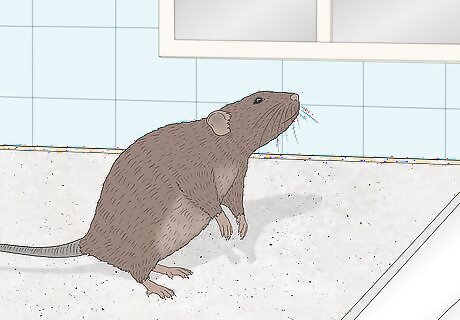
Field mice tend to be more timid than house mice. If you see a mouse in your home, it’s more likely to be a house mouse. These mice are typically more curious than field mice and might even venture out during the day when they think no one is around. Both species of mice are nocturnal, meaning that they are active during the night. You’re much more likely to see and hear mice at night than during the day.
Nesting Habits
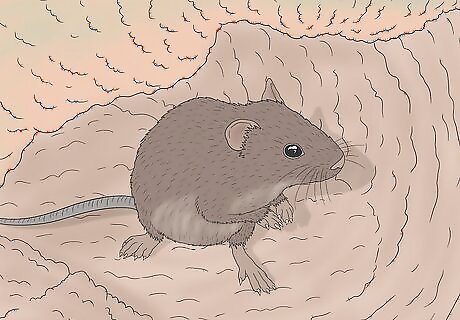
Unlike house mice, field mice commonly nest in trees and under rocks. As their name implies, the house mouse is more likely to build a nest in your home. They commonly live in garages, sheds, between walls, under appliances, and in unused cabinets or drawers. While house mice typically build nests indoors, they also build nests under rocks and piles of wood. However, their nests are more likely to be built near houses, while field mice nests are farther away.
Diseases

Field mice can spread hantavirus, unlike house mice. Besides the destruction that they can cause, the main reason that you want to get rid of mice in your home is because they can spread diseases. Field mice are known carriers of hantavirus, which is a respiratory disease that can be fatal in humans. Hantavirus can be transmitted to humans by breathing in air after disturbing a field mouse’s nest or droppings. You can also be exposed to it by touching an infected mouse’s droppings or urine and then touching your eyes, nose, or mouth. House mice do not carry hantaviruses, but they can track viruses and bacteria like salmonella into your home.
Life Expectancy

Field mice live for 18 months while house mice average 9 to 12 months. However, when they are living in your home and enjoying your heat and food scraps, both types of mice can live several months longer.
Damage
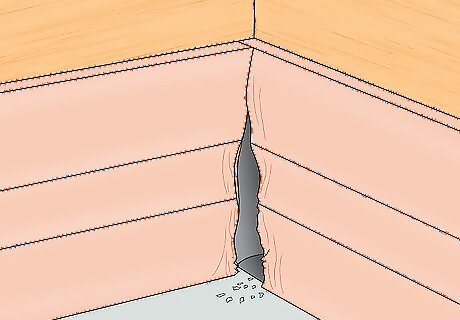
Field mice might cause more damage to furniture than house mice. Because field mice are more shy, they might scratch up your furniture in search of materials to build their nests. House mice might be more likely to go through your food, gnaw along your walls, and chew through your insulation and electrical wires. To get either type of mouse out of your house, set live traps or snap traps along the wall where you’ve seen the mouse or its droppings. Also place traps at any potential entry points where there are gnawing and scratch marks. Set the traps with peanut butter or a slice of cheese to draw the mouse out. If the traps don’t work, try to set them with cotton balls or ripped paper towels instead. This may be more effective against female mice that are looking rather for nesting material than for food. Cover up any holes or cracks you find around your house with caulk and close any gaps around your doors and windows with weather stripping to keep mice from coming back inside. Also trim back shrubs and bushes around your home.















Comments
0 comment